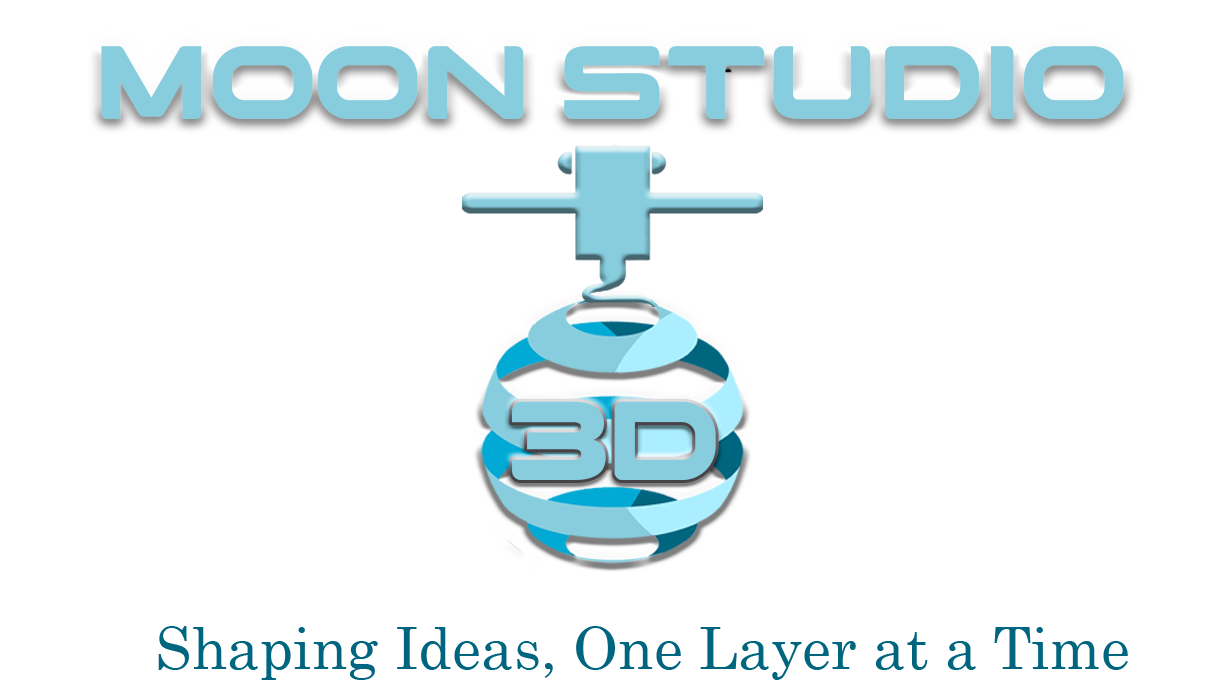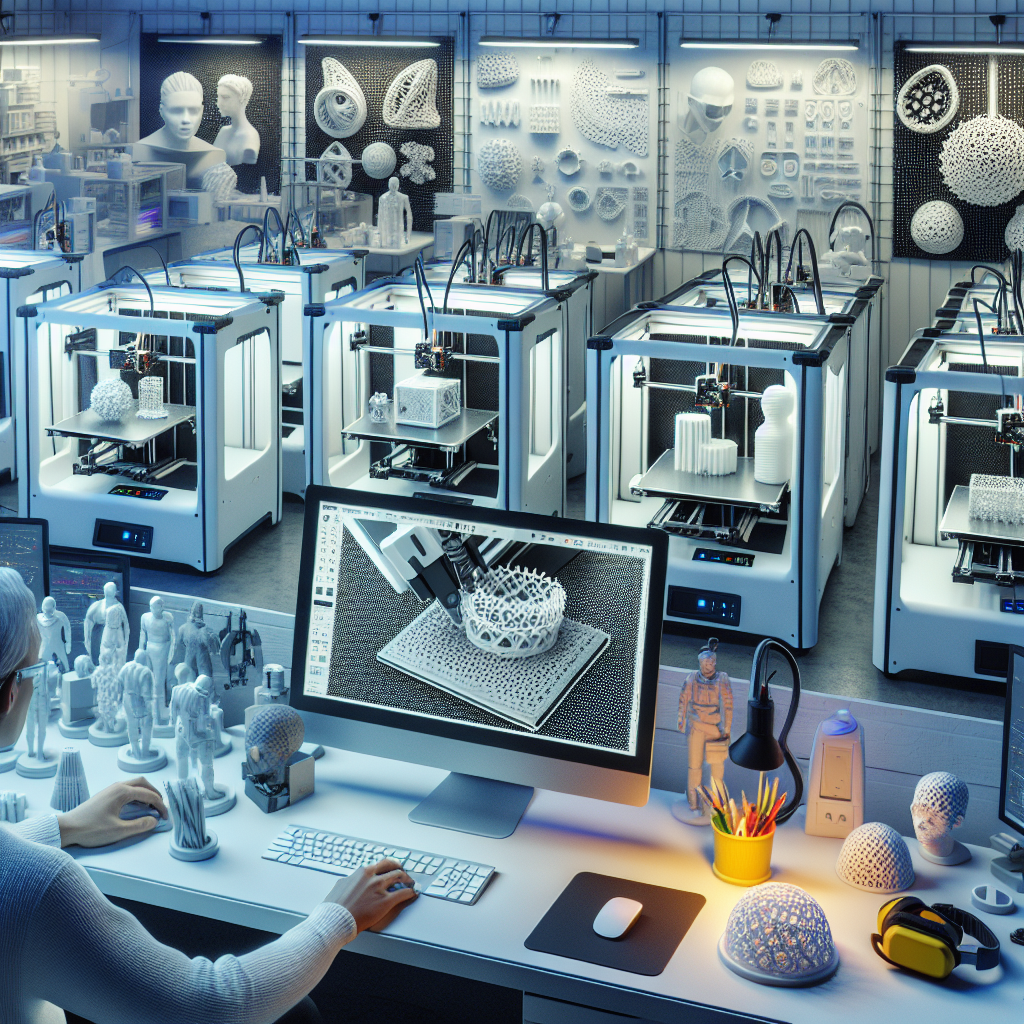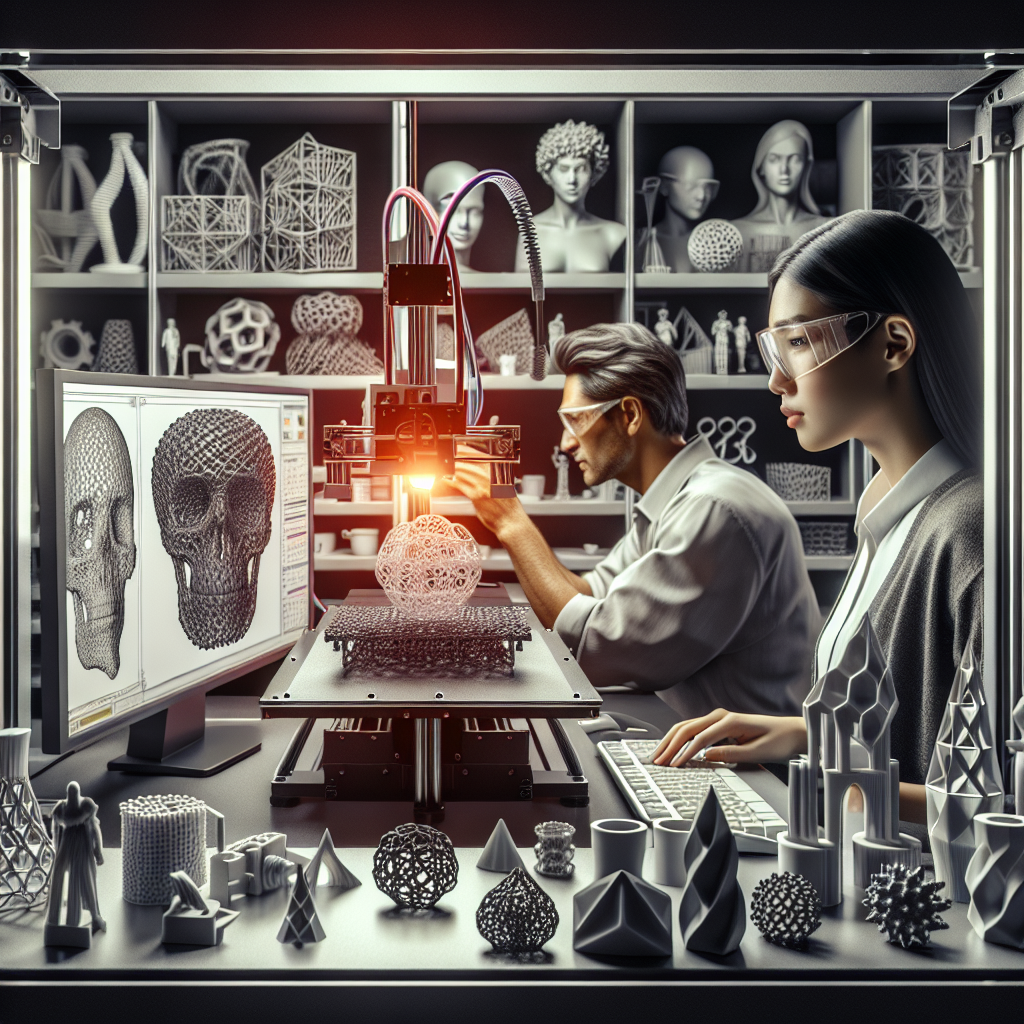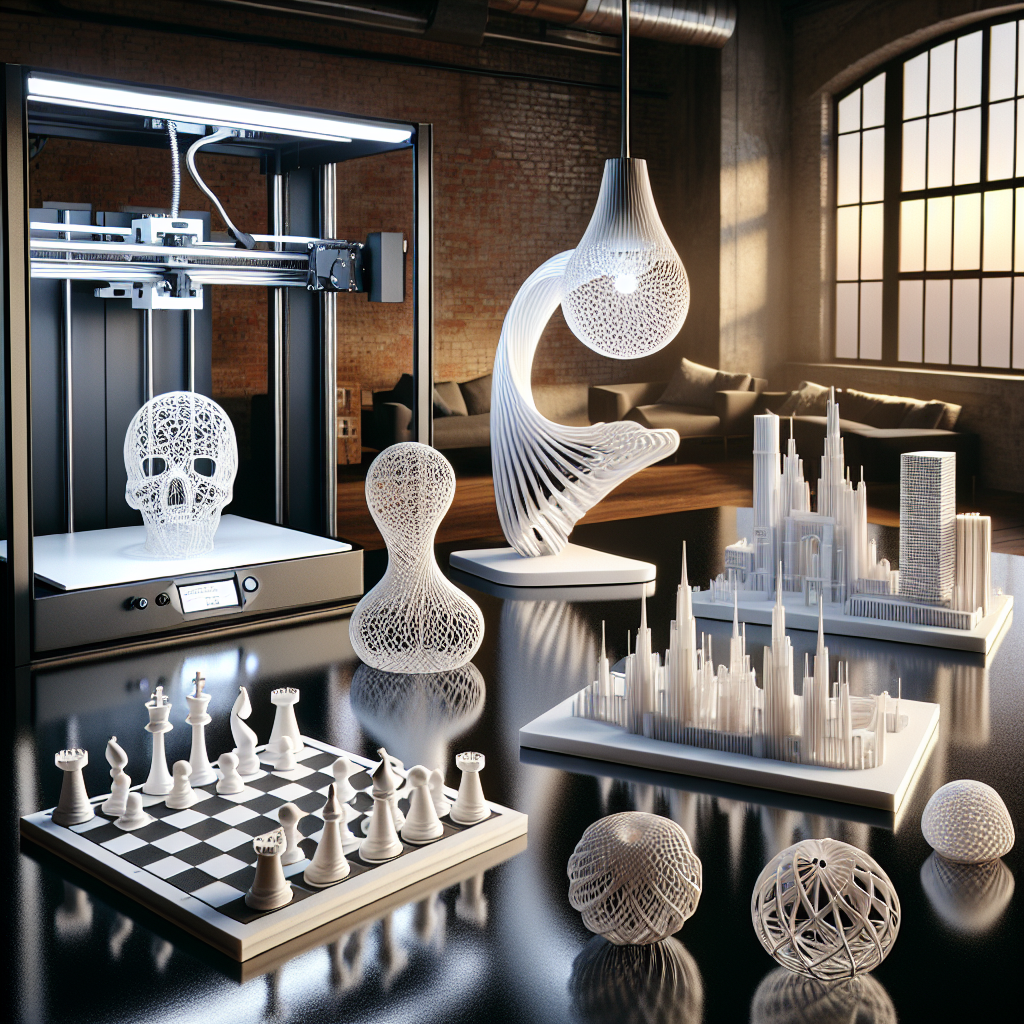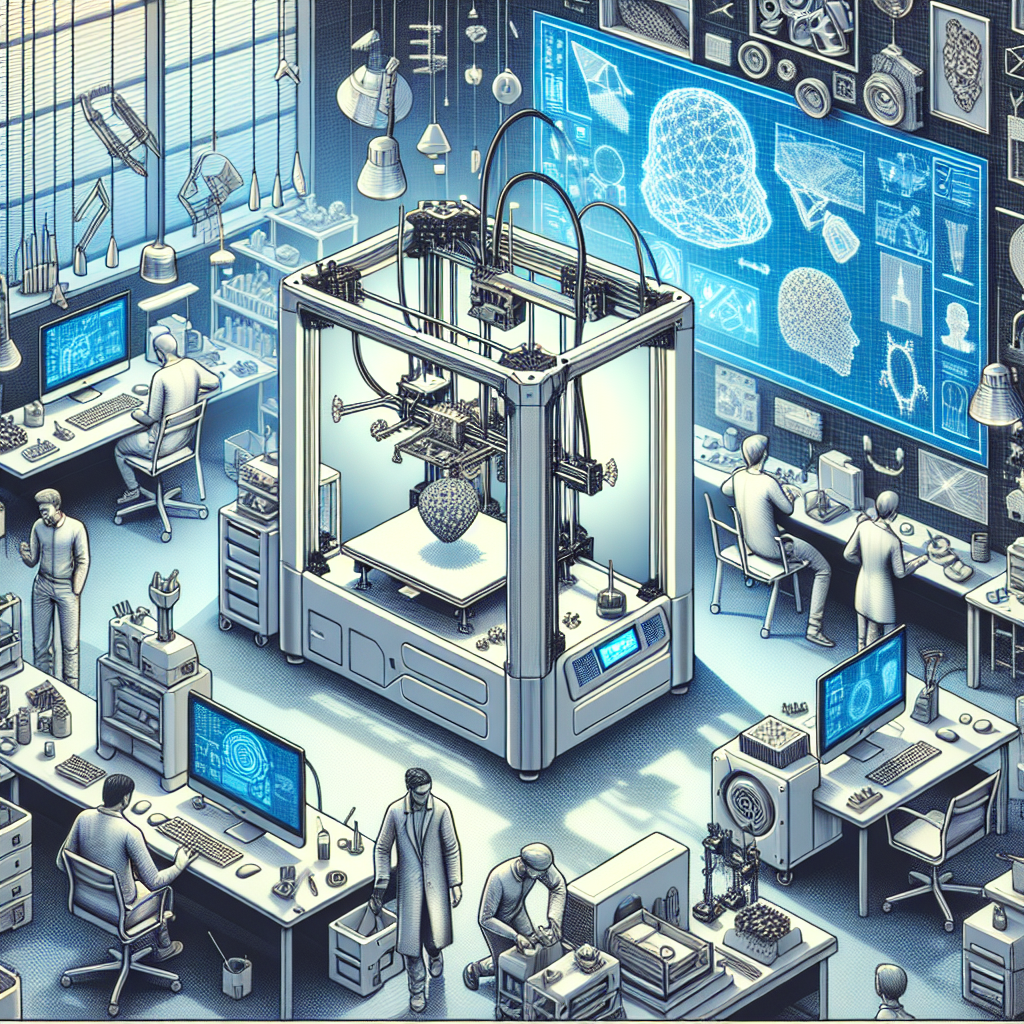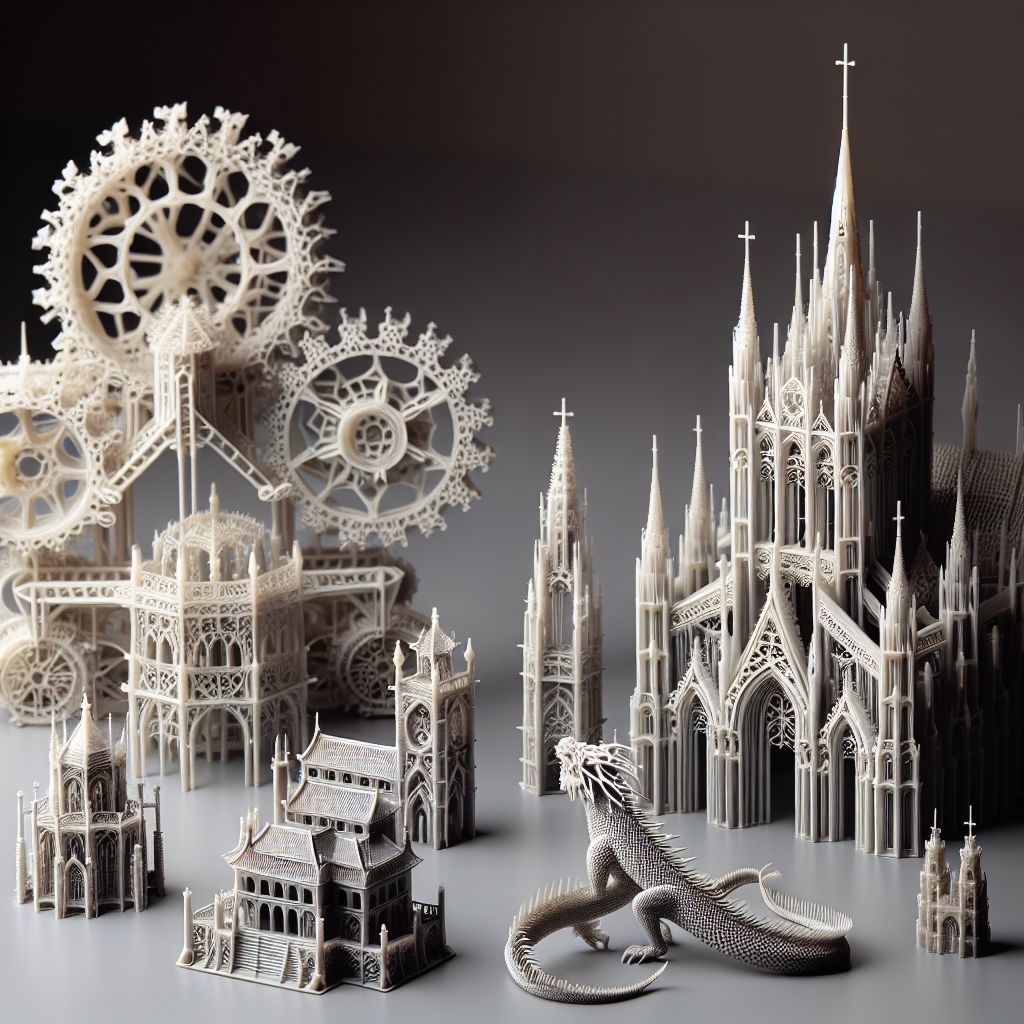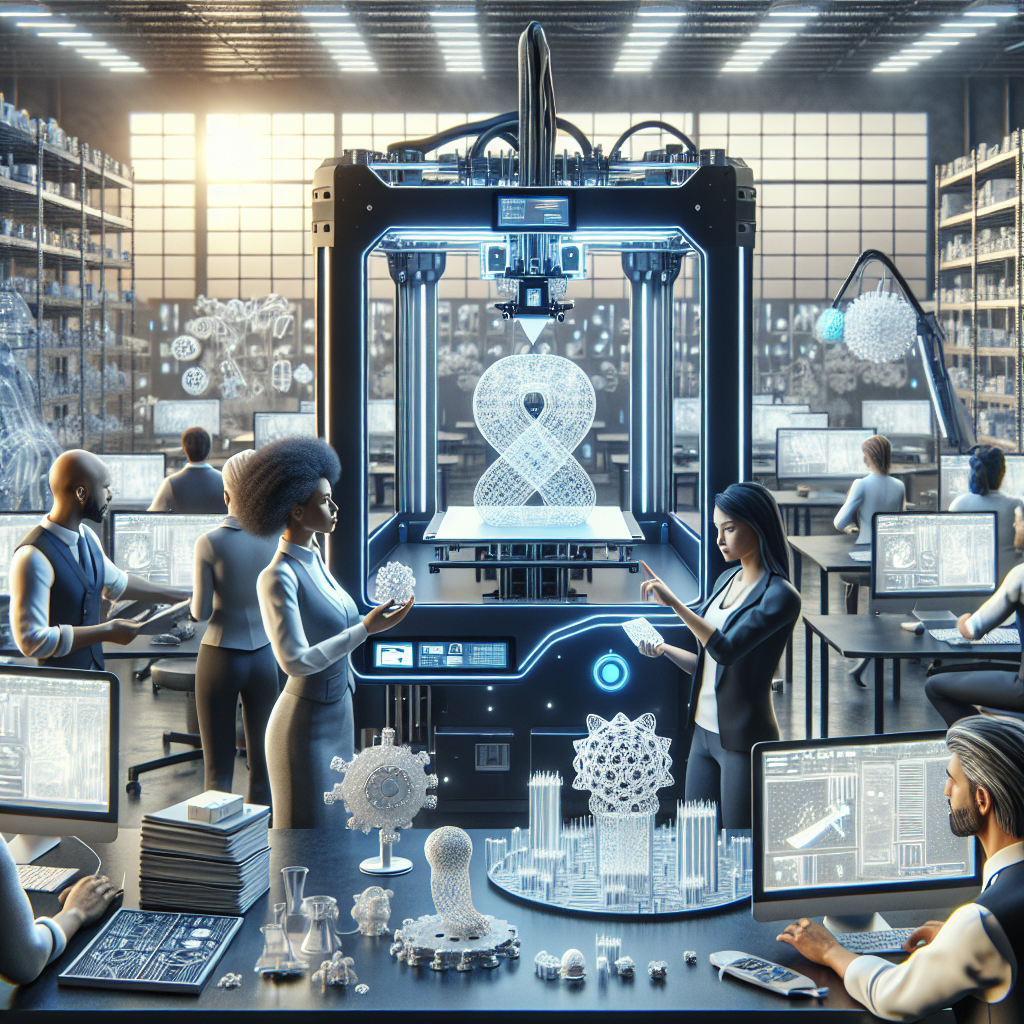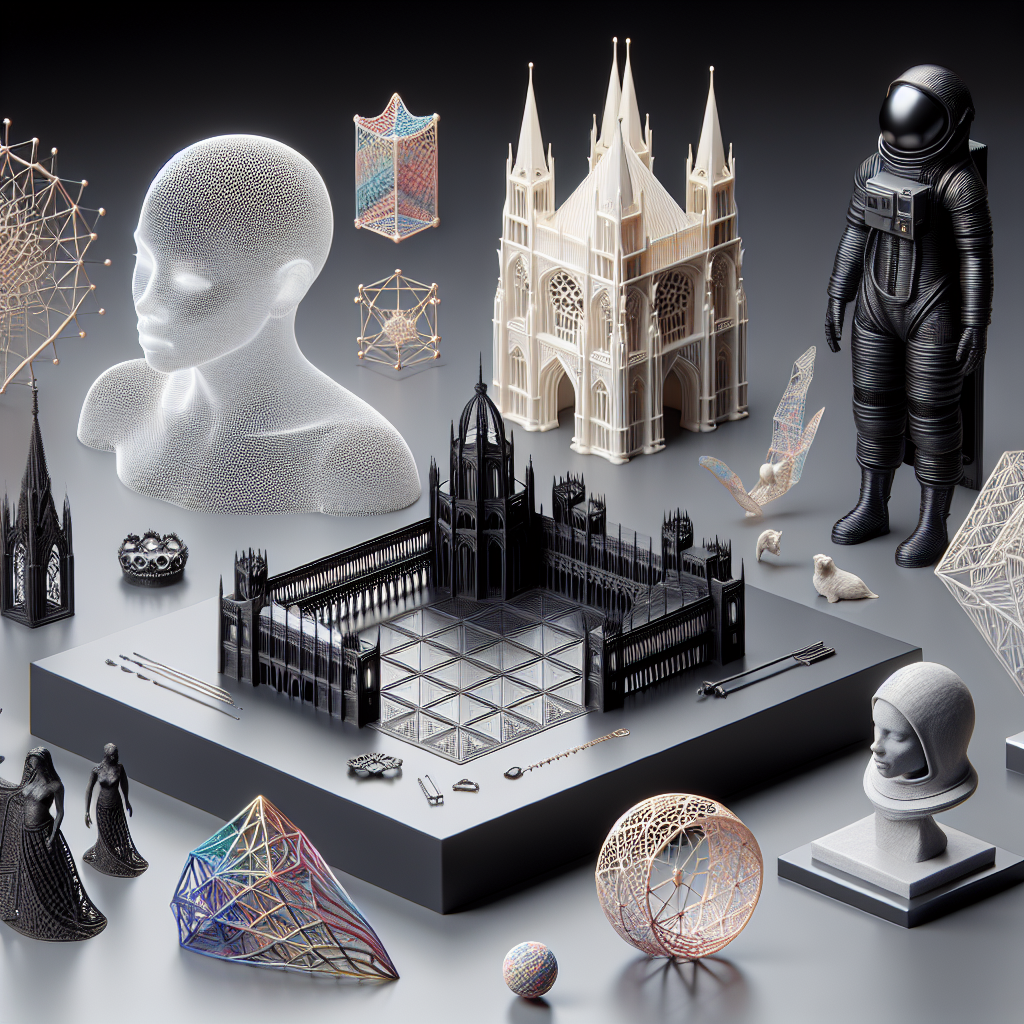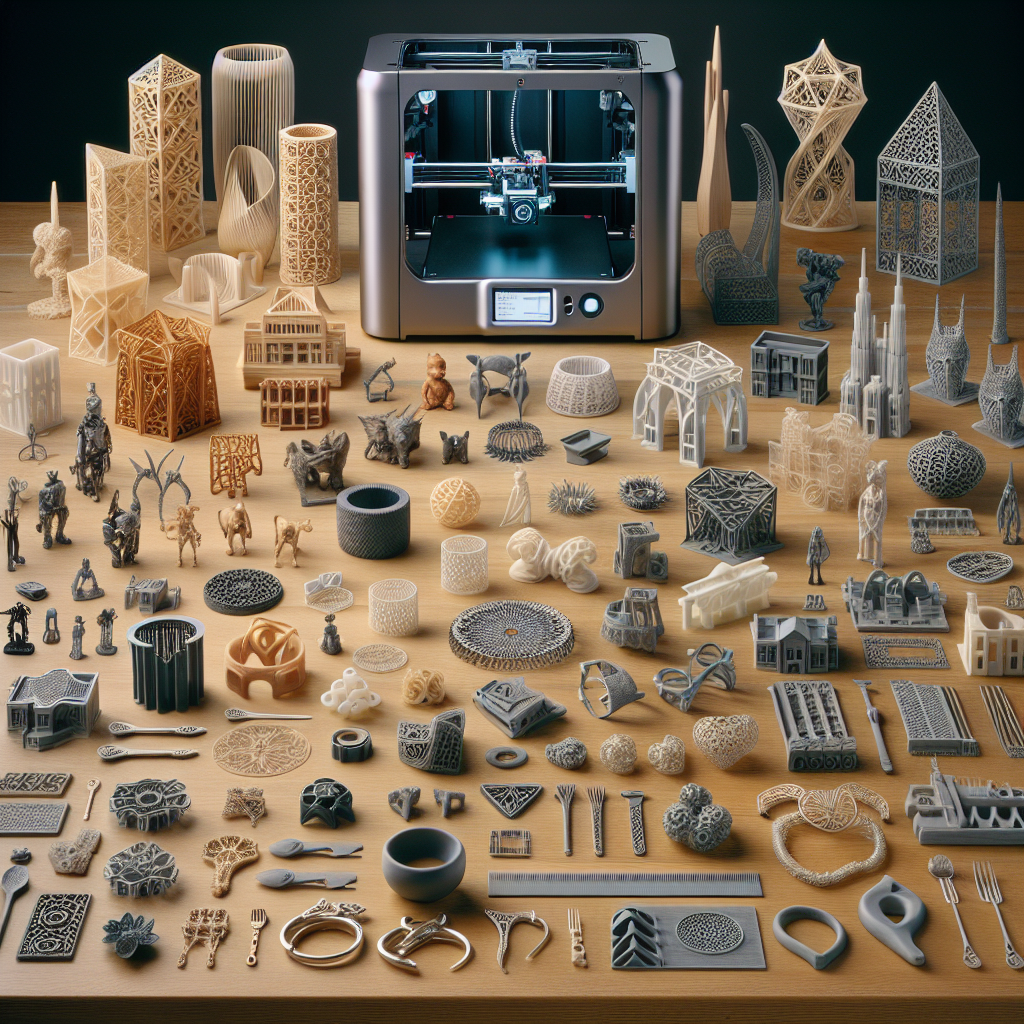Title: From Prototyping to Production: The Rise of Industrial 3D Printing Services
Introduction
In recent years, the landscape of manufacturing has undergone a seismic shift, thanks to the revolutionary capabilities of industrial 3D printing. Originally embraced as a tool for prototyping, 3D printing has rapidly evolved to become a linchpin in production processes across various industries. In this article, we explore how industrial 3D printing services have transformed from niche applications in prototyping to becoming a cornerstone of contemporary manufacturing.
The Evolution of 3D Printing
3D printing, or additive manufacturing, was initially conceived as a method for swiftly generating prototypes, enabling designers and engineers to iterate quickly and efficiently. Companies like Moon Studio 3D have been at the forefront of utilizing these technologies to deliver customized solutions that cater to diverse industrial needs. However, as the technology matured, the potential for 3D printing expanded beyond prototyping, unlocking new possibilities for production.
Prototyping: The Foundation of 3D Printing
In its early days, the primary application of 3D printing was in prototyping. Engineers and designers found it invaluable for testing form, fit, and function without the investment of traditional manufacturing processes. At Moon Studio 3D, the use of advanced 3D printing technologies enables the creation of complex geometries and intricate designs that are difficult or impossible to achieve through conventional methods.
Advancements Leading to Production Capabilities
Several key advancements have propelled 3D printing from prototyping into the realm of production:
-
Material Innovations: The development of new materials suitable for 3D printing, ranging from durable metals to specialized polymers, has broadened the applications of additive manufacturing. For example, Moon Studio 3D utilizes a wide array of materials to produce everything from lightweight parts to high-strength components.
-
Enhanced Speed and Precision: Modern 3D printers have significantly increased in speed and accuracy, making them viable options for large-scale production. This capability is exemplified by Moon Studio 3D’s ability to rapidly produce high-quality 3D printed products that meet stringent industrial standards.
- Cost Efficiency and Scalability: As 3D printing technology has advanced, it has become more cost-effective, enabling businesses to produce low to medium volumes at a reasonable cost. This scalability makes it an attractive option for industries looking to streamline their supply chains and reduce manufacturing overheads.
Industrial Applications of 3D Printing
Industries across the spectrum are embracing 3D printing as an integral part of their production processes:
-
Aerospace and Automotive: These sectors benefit from the ability to produce lightweight, durable components that can withstand extreme conditions. The capacity for rapid prototyping and customization is particularly advantageous in these fields.
-
Medical and Healthcare: 3D printing is revolutionizing the production of prosthetics, implants, and even bioprinting of tissues. The customization possibilities ensure that products meet precise patient specifications.
- Consumer Goods and Electronics: The flexibility of 3D printing allows for innovative product designs and personalization, leading to unique consumer experiences.
For detailed insights into these applications, refer to the expertise shared by Moon Studio 3D in their comprehensive overview of sectors benefiting from 3D printing technology.
Challenges and Considerations
While the rise of industrial 3D printing is transformative, it is not without challenges:
-
Quality Control: Ensuring consistency and quality across batches remains a concern. Companies must implement stringent quality assurance measures to meet industry standards.
-
Intellectual Property: Protecting designs in a landscape where digital blueprints can be easily shared poses significant IP challenges.
- Integration with Traditional Processes: Companies must navigate the integration of 3D printing with existing manufacturing operations, ensuring a seamless transition and complementarity.
Conclusion
The ascension of industrial 3D printing from prototyping to production marks a pivotal change in manufacturing paradigms. As industries continue to adopt and adapt to this technology, the possibilities for innovation only multiply. Companies like Moon Studio 3D exemplify the potential of 3D printing to transform ideas into tangible products efficiently and innovatively. As we move forward, it is imperative for industries to address the challenges associated with 3D printing to fully leverage its potential.
For further reading on how 3D printing can fuel innovation in your industry, consider exploring the array of services and insights offered by Moon Studio 3D, a leader in the domain of 3D printing solutions.
Internal Links:
